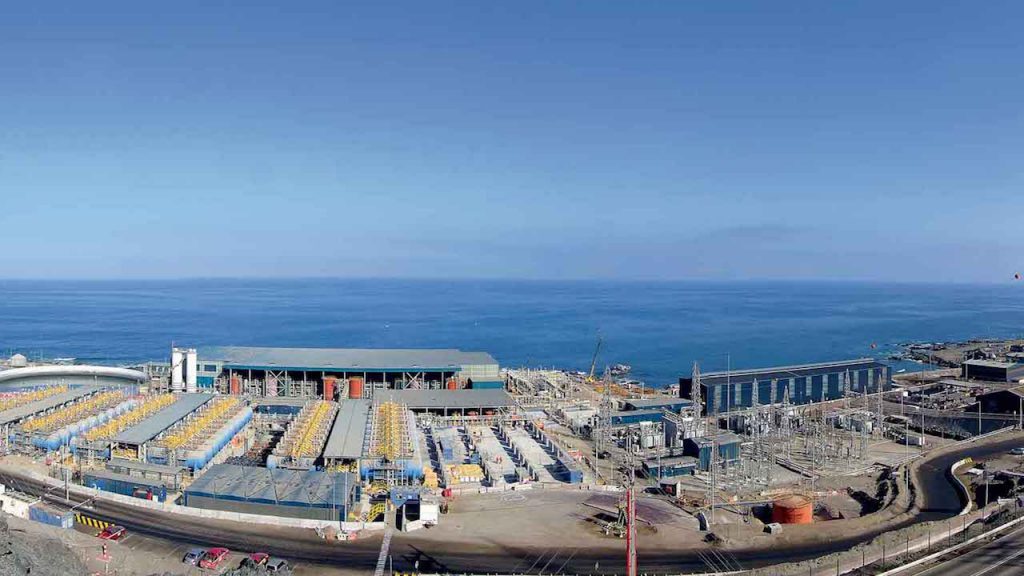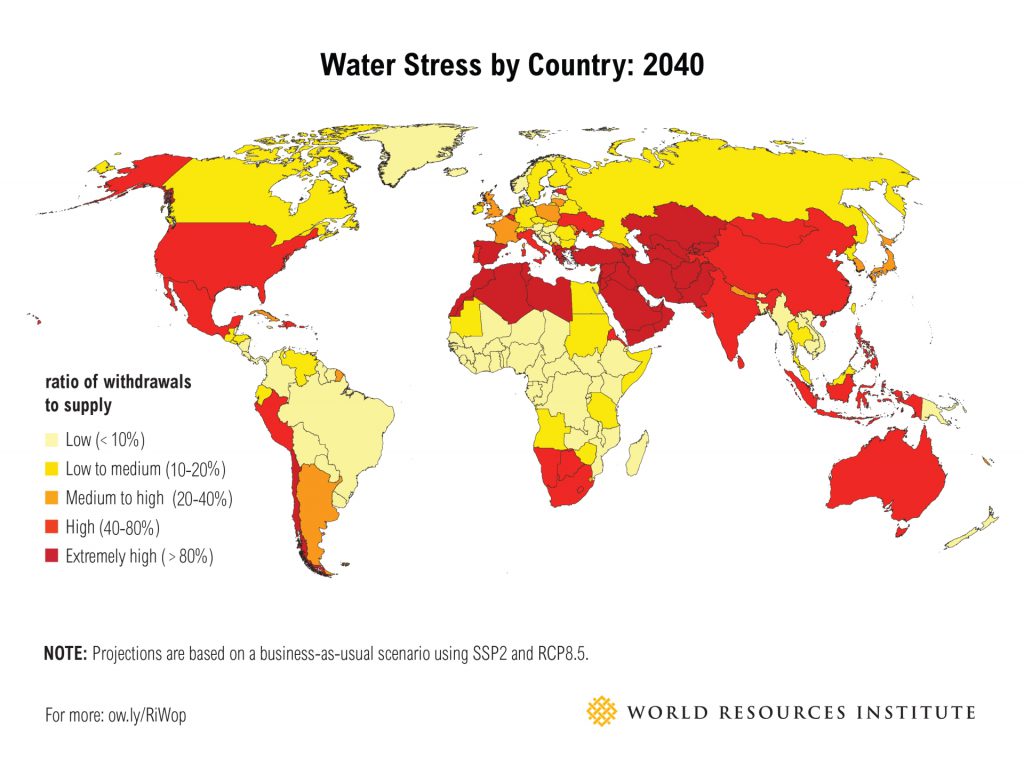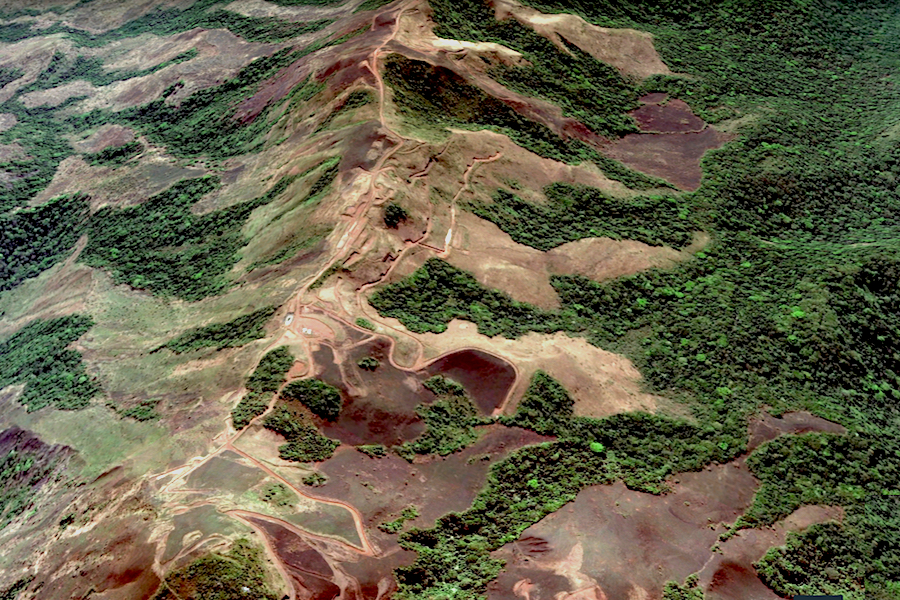Access to water one of miners’ biggest challenges ahead — study

Stricter environmental regulations and changing climate patterns resulting in the worst droughts in more than half a century have multiplied the mining industry’s challenges to secure water supplies, Moody’s Investors Service says in a new report.
Despite successful efforts to manage water usage more efficiently, increasingly tougher environmental rules are hiking miners’ costs and risks, particularly to those operating in arid regions or close to populated communities.
“Many countries, including Peru, Chile, Australia, South Africa and Mongolia have large mining operations exposed to decreasing water availability,” Moody’s senior vice president, Carol Cowan says. “In the next 20 years, all of these countries will be in the high to extremely high ratio of water withdrawals to supply, which will make it difficult for companies to secure reliable sources.”
Squeezing water rights
Chile, the world’s largest copper producer and No.2 global source of lithium, is just one of many jurisdictions where miners will soon have to deal with broader water use restrictions.
The nation’s water authority, DGA, announced earlier this year that it would more than double the number of so-called prohibition areas across the country to at least 70 from 30. No new licenses will be awarded within prohibition zones and any extension to existing mining permits will need to be approved by environmental authorities.
At the same time, companies’ demand for water is expected to jump 12% through 2029 as ore grades decline, forcing miners to process more material to maintain production levels.

Miners have responded by building large desalination plants, which is expected to more than triple seawater use in the country, Chile’s copper commission (Cochilco) predicts.
Miners’ hurdles are exacerbated when using the ground and surface water that local communities rely on. This has resulted in social unrest and prompted stricter norms and permitting processes.
Protests across the globe, including in Peru, Mexico, Armenia, Australia and the US over the last few years, have caused delays in the construction of new mines or in the expansion of existing ones.
Large miners better prepared
In Moody’s opinion, higher capital spending and operational costs associated with securing reliable water supply will be better managed by large, globally diversified firms.
The world’s No. 1 miner BHP already gets more than 40% of the water it needs from the ocean. The miner spent $3.43 billion on a desalination plant for its Chilean Escondida mine, which includes two pipelines to transport the water 3,200 meters above sea level.
With water levels expected to continue depleting, smaller mining companies with limited financial flexibility may face increased costs related to securing water supply
Moody’s senior vice president, Carol Cowan.
The miner has also committed to stop using fresh water drawn from the surface and underground in Chile by 2030.
Southern Copper’s long delayed $1.4-billion Tía Maria project includes plans for a desalination plant that would cost about $100 million. The facility is expected to ease protesters concerns about the proposed mine’s use of local surface and ground water.
Other companies are more focused on using recycled water by capturing what is used in the various parts of the process, such as in tailings dams, by treating and reusing it.
“With water levels expected to continue depleting, smaller mining companies with limited financial flexibility may face increased costs related to water procurement over time,” Cowan says.
Other than their high cost, desalination plants pose an additional worry to miners related to the waste they generate. That product — brine — is usually pumped back into the reservoir where the water was taken from. This causes an imbalance in the overall water composition, which is harmful to the environment within the sourcing body.
{{ commodity.name }}
{{ post.title }}
{{ post.date }}

Comments